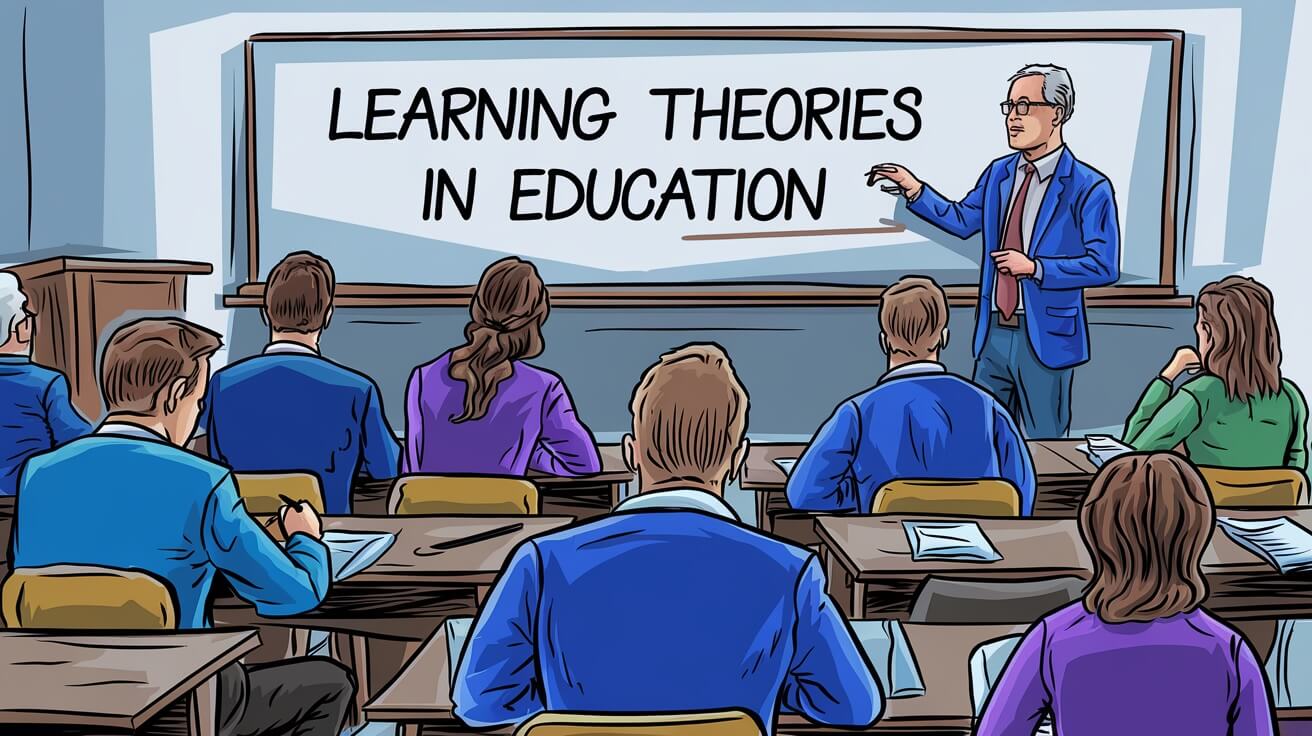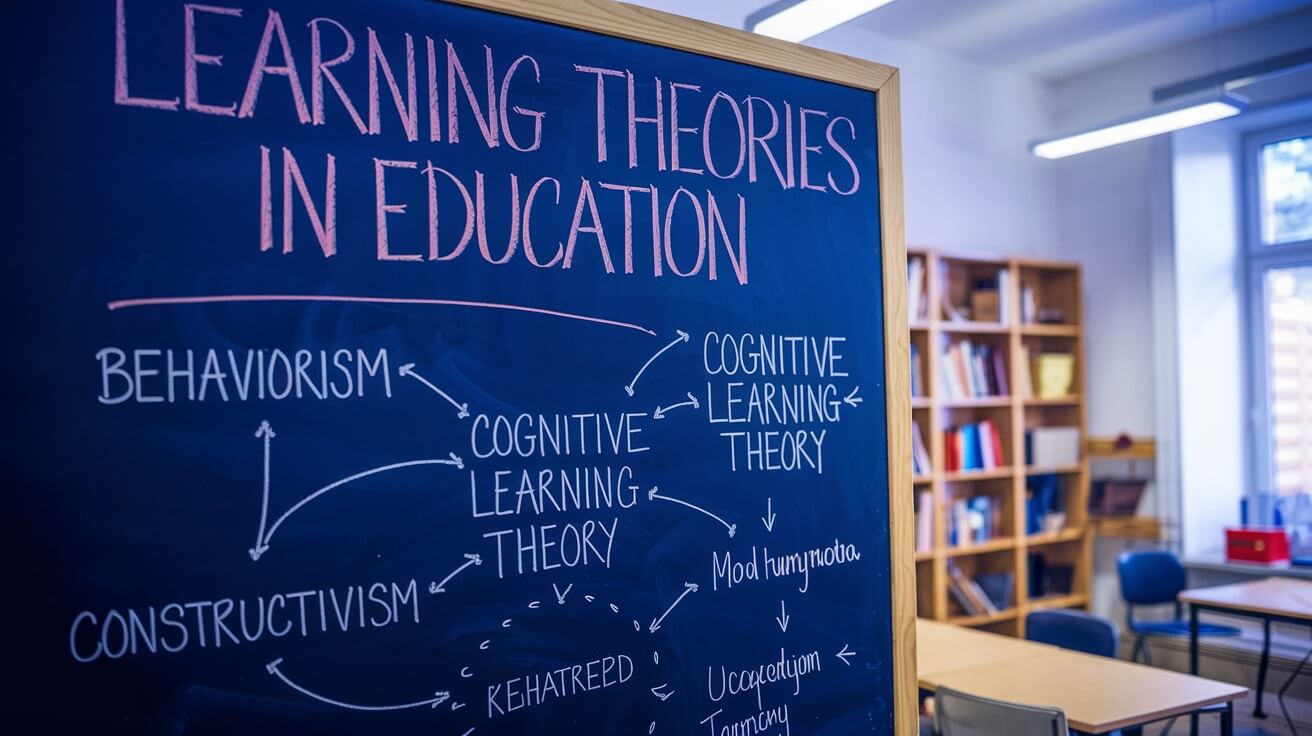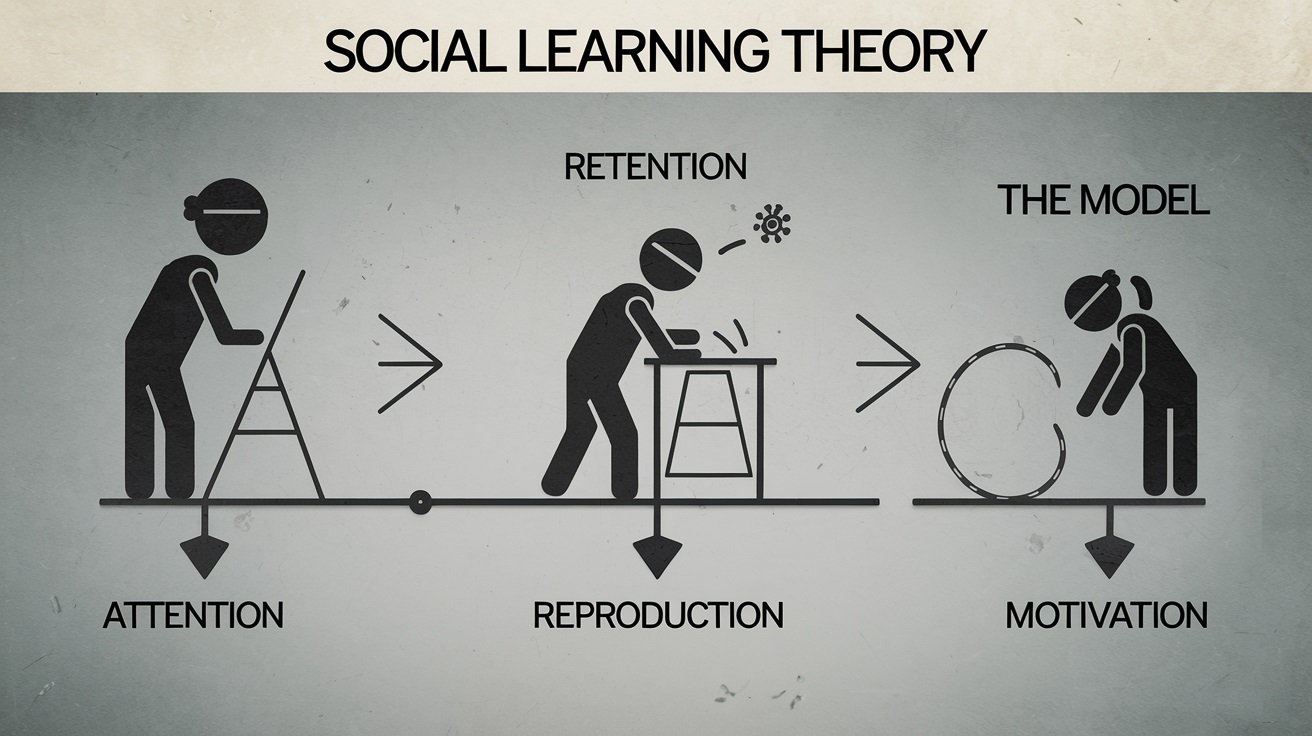
Albert Bandura’s Social Cognitive Theory: Transforming Learning and Motivation in Education
Introduction:
Are you a teacher looking for new ways to inspire and motivate your students? Or maybe you’re a parent curious about how your child learns best. Either way, you’ve probably noticed that simply presenting information isn’t always enough.
This is where Albert Bandura’s social cognitive theory comes into play. It’s a framework that can help us understand how people—especially students—learn through observation and interaction, shaping what they know and how they behave and feel about their abilities.
In this article, we’ll explore the fundamental principles of Bandura’s theory and how it applies to the classroom. We will also offer practical tips to improve your teaching methods. By the end, you’ll have actionable strategies to implement in your daily interactions with students, boosting their confidence and engagement.

What is Social Cognitive Theory?
Albert Bandura’s social cognitive theory is more than just a set of principles—it’s a lens through which we can understand human behavior and learning. Bandura proposed that people learn by observing others, which means that the environment and social interactions play a significant role in shaping behavior.
This idea contrasts with traditional theories like behaviorism, which focuses mainly on learning through direct reinforcement.
Here are the core concepts of social cognitive theory:
-
Observational Learning: We learn not only through direct experience but also by watching others, such as teachers, parents, or peers. It’s the classic “monkey see, monkey do” principle.
-
Imitation and Modeling: When individuals perceive role models as credible or relatable, they are more likely to emulate their behaviors.
-
Self-efficacy refers to confidence in anyone's ability to succeed in particular circumstances. This is vital since students who believe in their ability to achieve tend to invest more effort in reaching their objectives.
Why does this matter in education?
Understanding these principles allows educators to design learning experiences that cater to students' diverse ways of absorbing and retaining information.

Why Albert Bandura’s Theory is Essential for Modern Education
Let’s face it—every teacher wants to create an engaging and inclusive classroom where students can thrive. But how can you do that when each student learns differently? Bandura’s social cognitive theory provides a flexible approach across various learning styles and personalities.
Bridging Theory and Practice
-
Role of Observational Learning in Classrooms: Have you ever seen how a student reacts when a peer successfully solves a math problem on the board? That’s observational learning in action. It’s not just about listening to instructions—it’s about seeing someone else achieve success and thinking, "I can do that too."
-
Self-Efficacy and Student Motivation: When students believe in their abilities, they become more resilient in facing challenges. This can be as simple as a teacher offering consistent encouragement or setting small, achievable goals that allow students to build confidence.
Real-Life Example: Using Role Models to Inspire Learning
Imagine a classroom where students are struggling with complex science concepts. A teacher decides to use a video of a scientist conducting experiments in a relatable, fun manner.
This scientist becomes a role model, showing students that learning can be enjoyable and rewarding. By observing this positive behavior, students may be inspired to take risks and engage more with the subject matter.
Applying Social Cognitive Theory: Practical Tips for Educators
You don’t need to be a psychologist to apply Bandura’s theory in your teaching. Here’s how you can make these ideas work in your classroom:
Model the behavior you want to see.
-
Be the role model: If you want students to be curious, show enthusiasm when exploring new topics. When they see your excitement, it becomes contagious.
-
Use Storytelling: Sharing stories about challenges you’ve faced and how you overcame them can be a powerful way to demonstrate perseverance. Students learn that failure isn’t the end—it's part of the journey.
Encourage peer learning and collaboration.
-
Group Activities: Create opportunities for students to work together. When they solve problems as a team, they learn from each other’s strengths.
-
Peer Tutoring: Pair up more advanced students in a subject with those needing extra help. This setup not only aids the student needing help but also reinforces the tutor's understanding.
Build self-efficacy through positive reinforcement.
-
Celebrate Small Wins: Regularly acknowledge students’ efforts and improvements instead of waiting for significant milestones. A simple “Well done!” can make a substantial difference.
-
Set attainable goals: Break down more significant assignments into smaller tasks. This makes big projects feel less daunting and helps students feel a sense of accomplishment as they progress.

Bandura’s Theory vs. Other Learning Theories: What Sets It Apart?
Understanding where Bandura’s social cognitive theory fits among other learning theories can help you choose the best approach for your teaching style.
Bandura vs. Behaviorism
Behaviorism focuses on learning through direct reinforcement—think of Pavlov’s dogs or Skinner’s experiments. In contrast, Bandura’s theory suggests that we don’t always need a reward or punishment to learn. Sometimes, seeing someone else succeed or fail is enough to shape our behavior. This makes it particularly valuable in classrooms where direct rewards aren’t always possible.
Bandura vs. Vygotsky’s Social Development Theory
Vygotsky, like Bandura, highlighted the crucial role of social interactions in learning. However, Vygotsky focused more on the role of language and dialogue, while Bandura highlighted the broader concept of observational learning. Both theories are helpful, but Bandura’s approach is more flexible in environments where students learn through observation rather than structured dialogue.

The Role of Self-Efficacy in Student Success
Why do some students persevere when faced with challenges while others give up? The answer often lies in self-efficacy, a key component of Bandura’s social cognitive theory. Self-efficacy is the belief that "I can do this," significantly impacting how students approach their learning.
How to Foster Self-Efficacy in Students
-
Personalized Feedback: When giving feedback, focus on effort and progress rather than innate ability. Instead of saying, "You’re so smart," try, "You worked hard on this, and it shows."
-
Encourage a growth mindset: Teach students that abilities can be developed through dedication and effort. This thinking fosters a passion for learning and the strength to overcome difficulties.
Case Study:
A study showed that students who received targeted praise and encouragement were more likely to overcome math anxiety. By emphasizing effort over innate talent, these students developed a stronger sense of self-efficacy, leading to better performance and increased participation in class.
Key takeaways for educators
Here’s what you can start doing right now to bring Bandura’s social cognitive theory into your teaching:
-
Model enthusiasm and curiosity for your subject.
-
Create opportunities for peer learning and collaboration.
-
Focus on building self-efficacy through consistent encouragement.
-
Use real stories and examples that students can relate to, making abstract concepts feel more concrete.
These simple strategies can make a difference, transforming a classroom into a space where every student feels valued and capable.
Conclusion:
Albert Bandura’s social cognitive theory isn’t just a set of ideas for researchers—it’s a practical toolkit for educators who want to make a real difference in their students’ lives.
Educators can create an environment that nurtures growth, curiosity, and resilience by focusing on observational learning, modeling, and self-efficacy.
So, the next time you walk into your classroom, think about the behaviors you want to see, the confidence you want to instill, and the learning atmosphere you want to create. With Bandura’s principles in mind, you can shape what your students learn and how they feel about learning.
FAQs: Addressing Common Questions
What are the core concepts of Albert Bandura’s social cognitive theory?
Observational learning, modeling, and self-efficacy are the key elements that define how people learn from their environment.
How can teachers use social learning theory in the classroom?
Teachers can use role models, peer learning, and positive reinforcement to encourage observational learning and self-belief.
What is the importance of self-efficacy for students?
Self-efficacy determines how students perceive challenges and their motivation to overcome them, making it a critical factor in their success.
How does Bandura’s theory differ from traditional behaviorism?
While behaviorism focuses on direct reinforcement, Bandura’s theory emphasizes learning through observation without needing rewards.
Can the social cognitive theory be applied to online learning?
Absolutely! Virtual role models, video demonstrations, and collaborative online projects effectively apply these principles in a digital classroom.
Education Social Learning Theory




